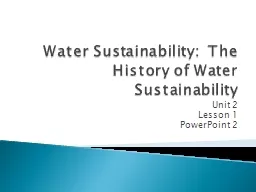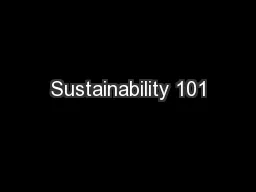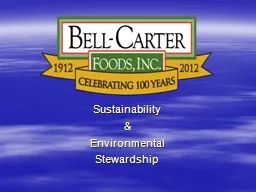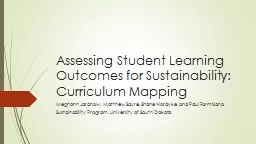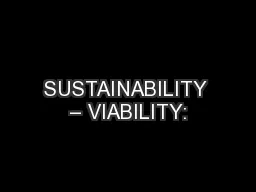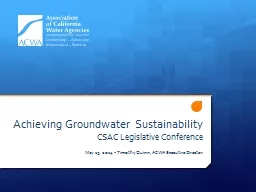PPT-Water Sustainability: The History of Water Sustainability
Author : sherrill-nordquist | Published Date : 2020-04-03
Unit 2 Lesson 1 PowerPoint 2 How long have humans sought to sustain water The inefficiencies of collecting water limited population growth The early ancient civilizations
Presentation Embed Code
Download Presentation
Download Presentation The PPT/PDF document " Water Sustainability: The History of W..." is the property of its rightful owner. Permission is granted to download and print the materials on this website for personal, non-commercial use only, and to display it on your personal computer provided you do not modify the materials and that you retain all copyright notices contained in the materials. By downloading content from our website, you accept the terms of this agreement.
Water Sustainability: The History of Water Sustainability: Transcript
Download Rules Of Document
" Water Sustainability: The History of Water Sustainability"The content belongs to its owner. You may download and print it for personal use, without modification, and keep all copyright notices. By downloading, you agree to these terms.
Related Documents

